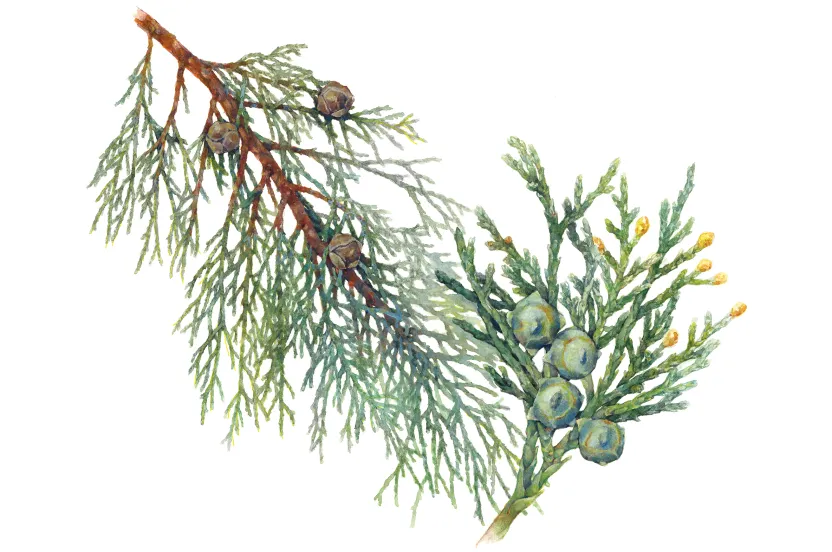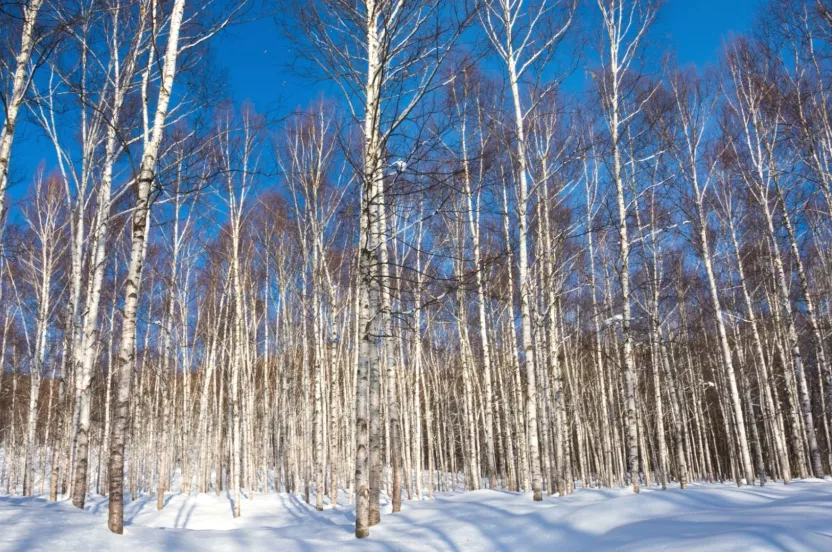Our nursery is blooming with fresh arrivals. SHOP SPRING FAVORITES
Cedrus atlantica
First introduced to the United States in 1845, the Atlas Cedar is a prized specimen for its aromatic wood and scented oils. Its distinct scent and durable wood make it popular in construction, especially in making cedar chests and railroad ties. The oil in the wood is known to ward off attacks from insects. It’s hanging branches and unique
Here are a few things to note if you’re considering adding an Atlas Cedar to your yard.
Environmental Conditions:
- Grows well in acidic, alkaline, loamy, moist, rich, sandy, silty loam, and well drained soils (hardiness zones 6-9).
- Slow growing tree, growing up to a foot a year, reaching up to 30-40 feet at maturity.
- Does well in full and partial shade.
- Is slightly drought tolerant and does best in warmer climates.
- Has a wide spread and is best planted away from sidewalks and streets.
Physical Attributes:
- Has blue-green needles extending up to one inch in length.
- Produces 2-4 inch purple cones that turn brown at maturity.
- Branches of tree start to droop as the tree grows.
- Has an oily, scented wood.
Tag us in a photo with an Atlas Cedar!




